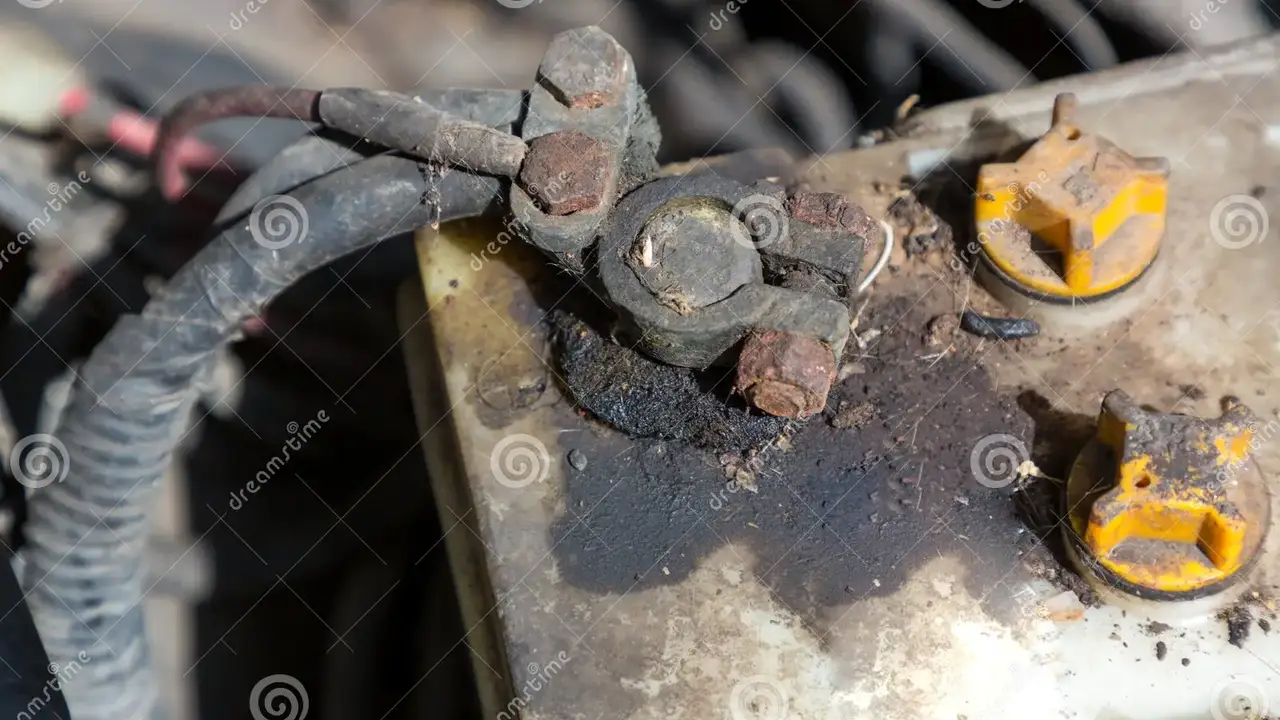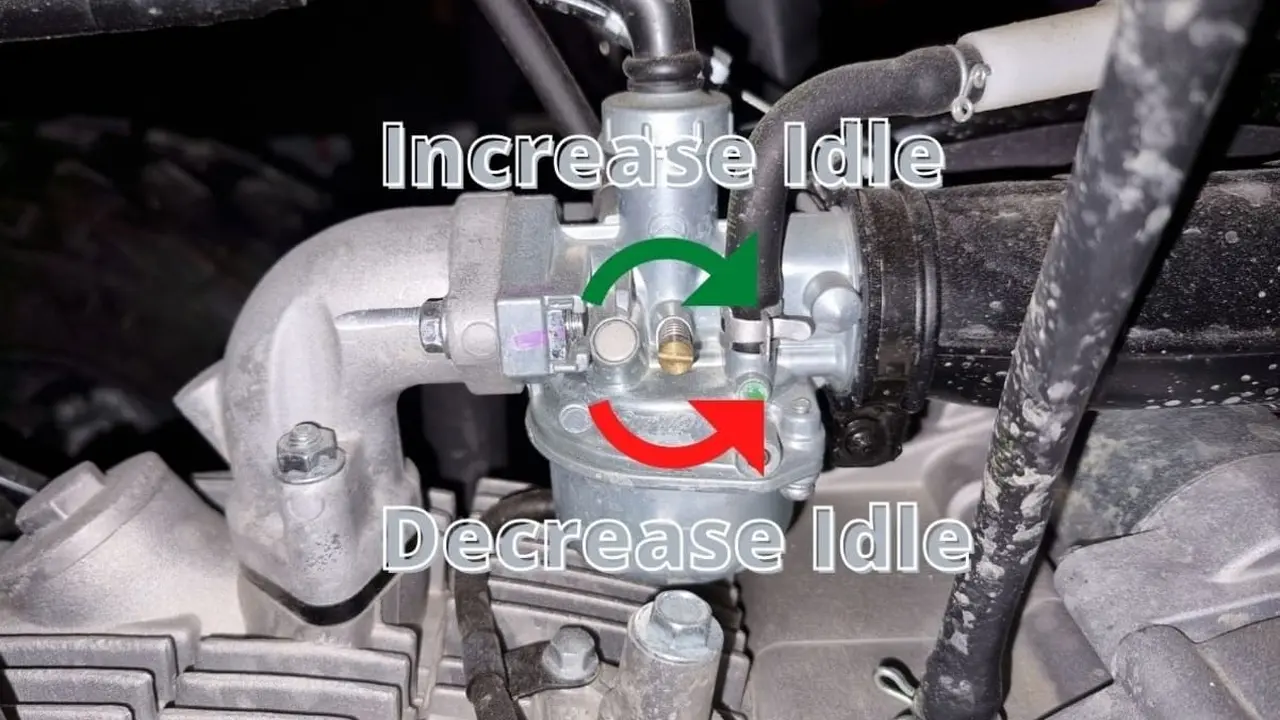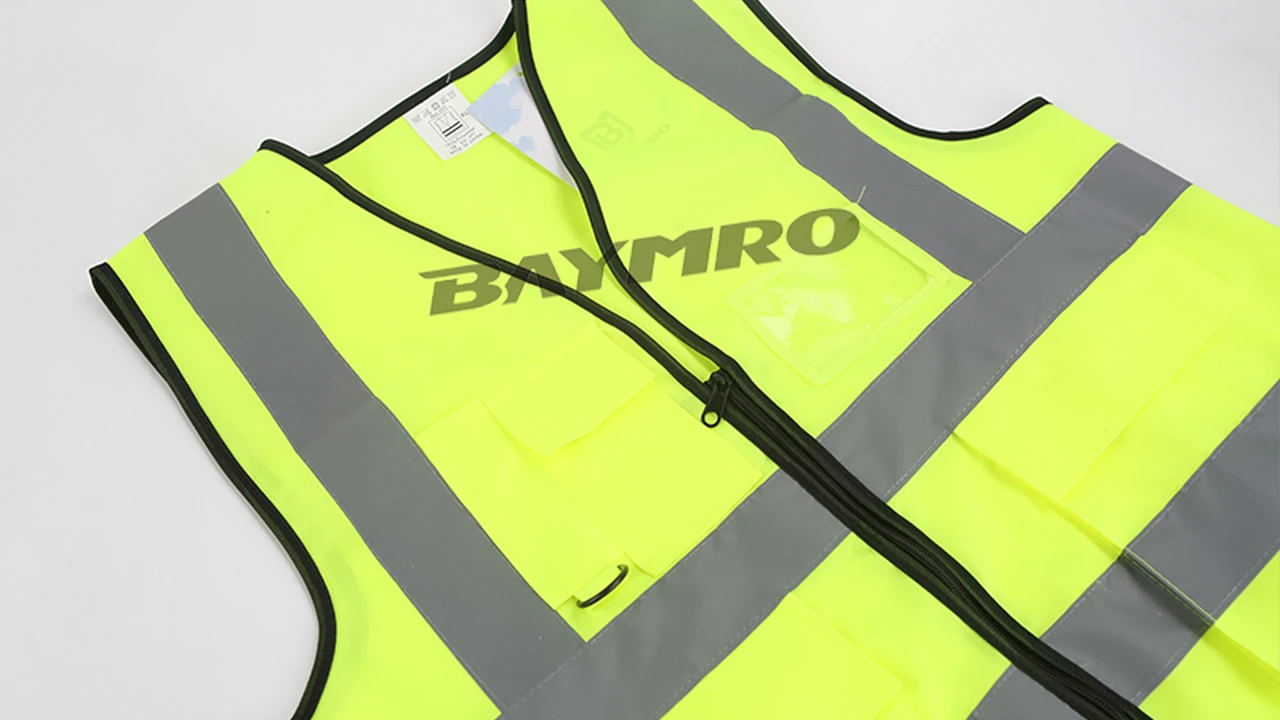Cleaning Your Car's Battery Terminals: Preventing Corrosion

Why Clean Battery Terminals Car Battery Maintenance
Okay, let's talk about something super important but often overlooked: cleaning your car's battery terminals. Why bother? Well, corrosion build-up on those terminals can cause all sorts of problems, from slow starts to a completely dead battery. Nobody wants that, especially when you're already running late! This build-up is a chemical reaction between the metal of the terminals, the battery acid (which can leak a tiny bit), and the surrounding environment. Think of it like plaque on your teeth – you gotta brush it away regularly!
So, what happens if you *don't* clean your terminals? The corrosion acts as an insulator, blocking the flow of electricity. This means your starter motor might not get enough juice to crank the engine properly, leading to that dreaded "click-click-click" sound. And even if it does start, a corroded connection can put extra strain on your charging system. Over time, this can shorten the lifespan of your battery and even damage other electrical components.
Tools Youll Need Battery Terminal Cleaning Supplies
Alright, you're convinced. Cleaning your battery terminals is a good idea. Here's what you'll need to get started:
- Wrench: A wrench that fits the battery terminal bolts. Usually a 10mm or 13mm wrench will do the trick. Check your car's manual or just take a peek at the terminals themselves to figure out the right size.
- Battery Terminal Cleaner: You can buy a specialized battery terminal cleaner spray at any auto parts store. These sprays are designed to neutralize the acid and dissolve the corrosion. If you don't have any on hand, a mixture of baking soda and water works just as well.
- Wire Brush: A small wire brush, preferably with stiff bristles, is essential for scrubbing away the corrosion. You can find brushes specifically made for cleaning battery terminals, but a general-purpose wire brush will also work.
- Gloves: Protect your hands from the battery acid and cleaning solutions. Rubber or nitrile gloves are ideal.
- Safety Glasses: Keep those eyes safe! Battery acid can cause serious damage.
- Rags or Paper Towels: For wiping away the cleaner and any loose corrosion.
- Petroleum Jelly or Dielectric Grease: This helps prevent future corrosion.
Step By Step Guide Cleaning Car Battery Terminals
Okay, let's get down to business. Here's a step-by-step guide to cleaning your car's battery terminals:
- Safety First! Put on your gloves and safety glasses. Make sure your car is turned off and the keys are out of the ignition.
- Disconnect the Negative Terminal: Using your wrench, loosen the nut on the negative (-) terminal. It's usually marked with a minus sign and is often black. Carefully remove the cable from the terminal. Don't yank it! Set it aside and make sure it doesn't touch any metal parts of the car. This is important to prevent short circuits.
- Disconnect the Positive Terminal: Repeat the process for the positive (+) terminal. It's usually marked with a plus sign and is often red. Remove the cable and set it aside.
- Inspect the Terminals and Cables: Take a good look at the terminals and the inside of the cable connectors. You'll likely see a white, blue, or green crusty substance – that's the corrosion.
- Apply the Cleaning Solution: If you're using battery terminal cleaner spray, spray it liberally on the terminals and inside the cable connectors. Let it sit for a few minutes to work its magic. If you're using baking soda and water, mix a tablespoon of baking soda with a cup of water to form a paste. Apply the paste to the corroded areas.
- Scrub Away the Corrosion: Using your wire brush, scrub the terminals and cable connectors thoroughly. You might need to apply some elbow grease to remove stubborn corrosion. Don't be afraid to really get in there and scrub! You should see the corrosion start to break down and flake off.
- Wipe Clean: Use a rag or paper towel to wipe away the cleaning solution and any loose corrosion. Inspect the terminals and cable connectors again. If there's still corrosion, repeat steps 5 and 6.
- Rinse (If Necessary): If you used baking soda and water, rinse the terminals and cable connectors with clean water to remove any residue. Make sure they are completely dry before proceeding.
- Reconnect the Positive Terminal: Carefully reattach the positive (+) cable to the positive terminal. Tighten the nut securely, but don't overtighten it.
- Reconnect the Negative Terminal: Reattach the negative (-) cable to the negative terminal. Tighten the nut securely.
- Apply Protective Coating: Apply a thin layer of petroleum jelly or dielectric grease to the terminals. This will help prevent future corrosion by creating a barrier against moisture and air.
- Double-Check: Make sure both terminals are securely connected and that the cables are not touching any other metal parts of the car.
Product Recommendations Best Battery Terminal Cleaners and Protectors
Alright, let's talk about some specific products that can make this job even easier. I've used a bunch of different cleaners and protectors over the years, and these are some of my favorites:
CRC 05046 Battery Terminal Protector Red Seal Corrosion Preventative
Description: This is a popular and effective battery terminal protector. It sprays on as a red film that seals the terminals and prevents corrosion. It's designed to be long-lasting and withstand harsh weather conditions. It is a dielectric coating and won't interfere with electrical conductivity.
Usage Scenario: After cleaning your battery terminals, spray a light coat of CRC 05046 on the terminals and cable connectors. It's great for preventing corrosion in all types of vehicles, from cars and trucks to boats and RVs.
Comparison: Compared to petroleum jelly, CRC 05046 provides a more durable and longer-lasting protective barrier. Unlike some greases, it doesn't attract dirt and grime. It's also easier to apply than some other protective coatings.
Price: Around $10-15 per can.
NOCO NCP2 Battery Corrosion Preventative
Description: This is another great option for preventing battery terminal corrosion. It is a non-drying, anti-corrosion compound. It is a petroleum-based product and provides a protective barrier against moisture and other corrosive elements.
Usage Scenario: Apply a thin layer of NOCO NCP2 to the battery terminals and cable connectors after cleaning. It's also great for protecting other electrical connections from corrosion.
Comparison: NOCO NCP2 is similar to petroleum jelly in its consistency and application. However, it is specifically formulated for battery terminals and contains additives that help prevent corrosion. It is often preferred over petroleum jelly by professional mechanics.
Price: Around $8-12 per tube.
Battery Terminal Cleaner Spray By WD-40 Specialist
Description: A battery terminal cleaner spray designed to dissolve corrosion and grime. It's fast-acting and effective, leaving the terminals clean and ready for protection.
Usage Scenario: Spray directly onto corroded battery terminals. Let it sit for a few minutes before scrubbing with a wire brush. Wipe clean with a rag.
Comparison: A more targeted solution than general WD-40. Specifically formulated to break down battery corrosion without harming other components. Easier to use and more effective than baking soda and water in many cases.
Price: Around $7-10 per can.
Battery Terminal Cleaner Brush Set
Description: A dedicated brush set designed for cleaning battery terminals. Includes both an internal and external brush for thorough cleaning. Usually made with durable bristles.
Usage Scenario: Use the external brush to clean the outside of the terminals. Use the internal brush to clean the inside of the cable connectors.
Comparison: A more effective and convenient solution than using a general-purpose wire brush. Designed specifically for the task, making cleaning easier and more thorough. Often made with materials that are resistant to battery acid.
Price: Around $5-10 per set.
Troubleshooting Common Issues After Cleaning Battery Terminals
Sometimes, even after cleaning your battery terminals, you might still experience some issues. Here are a few common problems and how to troubleshoot them:
- Car Still Won't Start: If your car still won't start after cleaning the terminals, the problem might be something else entirely. It could be a dead battery, a faulty starter motor, a bad alternator, or a problem with the ignition system. Have your car inspected by a mechanic.
- Loose Terminals: Make sure the terminals are securely connected to the battery posts. If they're loose, they can cause intermittent starting problems. Tighten the nuts securely, but don't overtighten them.
- Corrosion Returns Quickly: If corrosion returns quickly after cleaning, it could be a sign of a leaking battery. Have your battery inspected by a mechanic and replace it if necessary. Also, make sure you're applying a protective coating to the terminals after cleaning.
- Check Engine Light: Sometimes, disconnecting the battery can trigger the check engine light. If this happens, you might need to have the code cleared by a mechanic. It's also possible that the check engine light is related to a different problem, so it's always a good idea to have it checked out.
Preventative Maintenance Tips Avoiding Battery Corrosion
The best way to deal with battery terminal corrosion is to prevent it in the first place. Here are some preventative maintenance tips:
- Regular Inspections: Inspect your battery terminals regularly for signs of corrosion. Catching it early can prevent it from becoming a major problem.
- Apply Protective Coating: Apply a thin layer of petroleum jelly or dielectric grease to the terminals every time you clean them. This will help prevent future corrosion.
- Keep the Battery Clean: Wipe down the battery and surrounding area with a damp cloth occasionally to remove any dirt or grime.
- Check for Leaks: Inspect your battery for any signs of leaks. If you see any, have it inspected by a mechanic.
- Proper Ventilation: Ensure the battery area has proper ventilation. Poor ventilation can trap moisture and accelerate corrosion.
When To Call A Professional Knowing Your Limits
While cleaning battery terminals is a relatively simple task, there are times when it's best to call a professional. If you're not comfortable working on your car's electrical system, or if you're dealing with a severely corroded battery, it's always best to err on the side of caution. A mechanic can properly diagnose the problem and ensure that your car is safe to drive.
Also, if you suspect that your battery is leaking, it's important to have it inspected by a mechanic immediately. Battery acid is highly corrosive and can cause serious damage to your car. A mechanic can safely remove the battery and dispose of it properly.
:max_bytes(150000):strip_icc()/277019-baked-pork-chops-with-cream-of-mushroom-soup-DDMFS-beauty-4x3-BG-7505-5762b731cf30447d9cbbbbbf387beafa.jpg)






